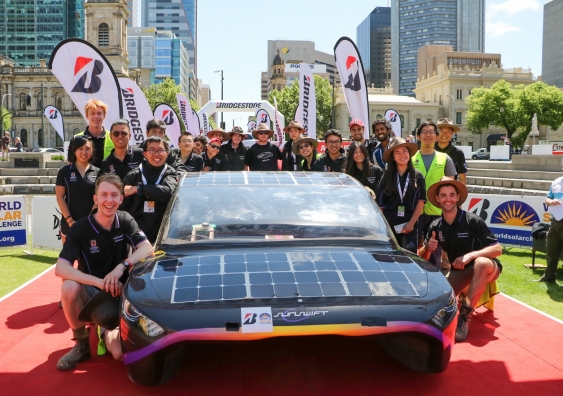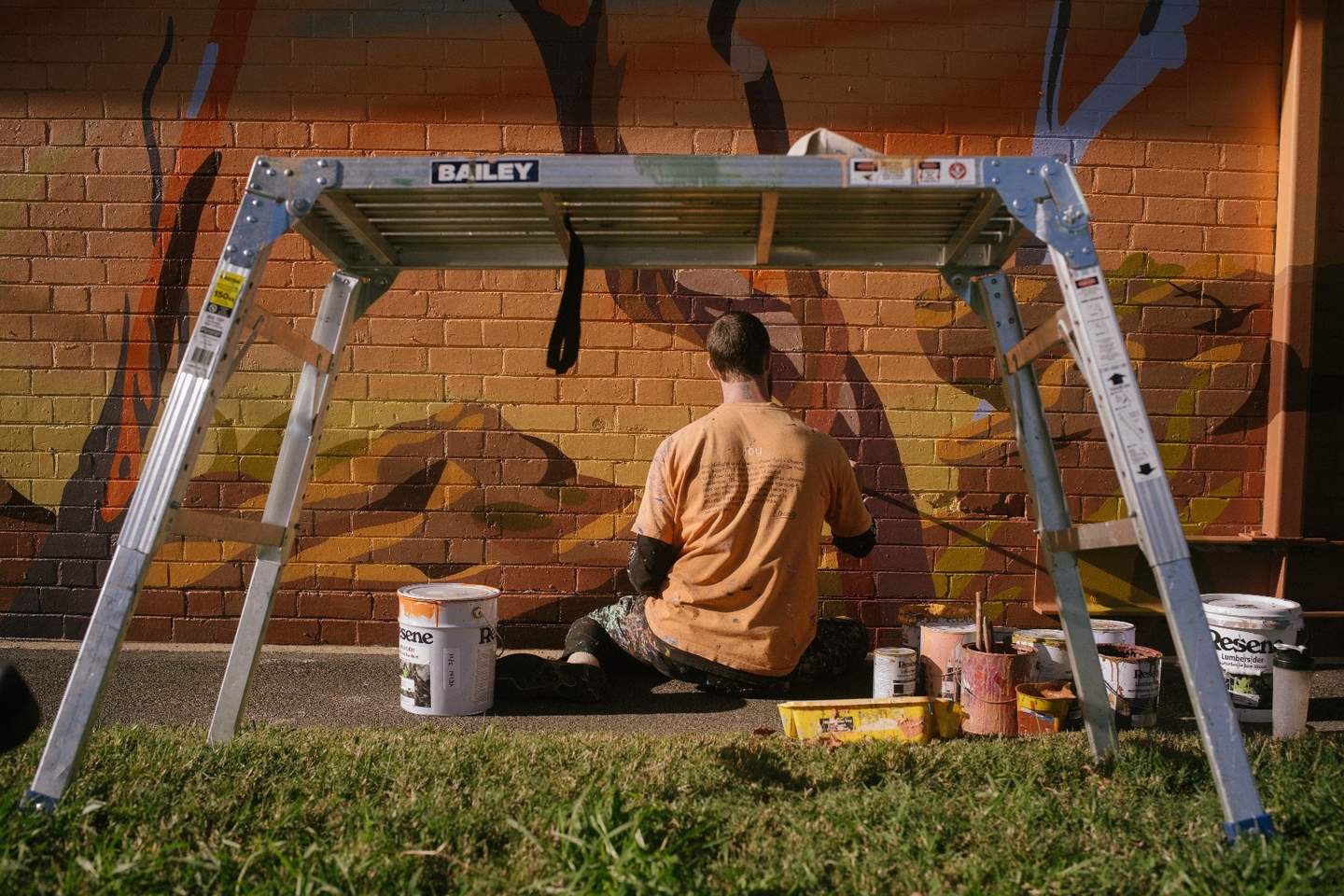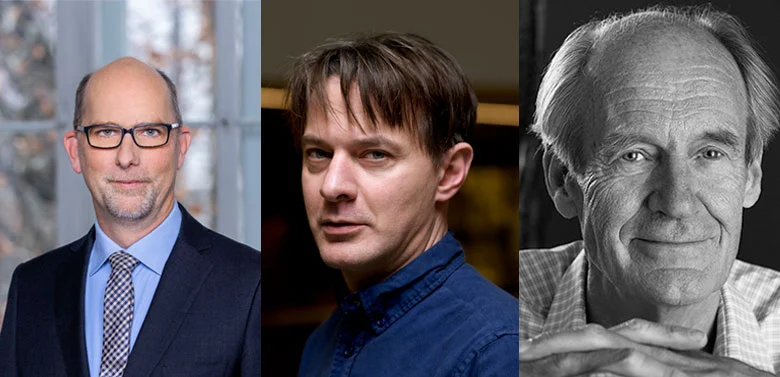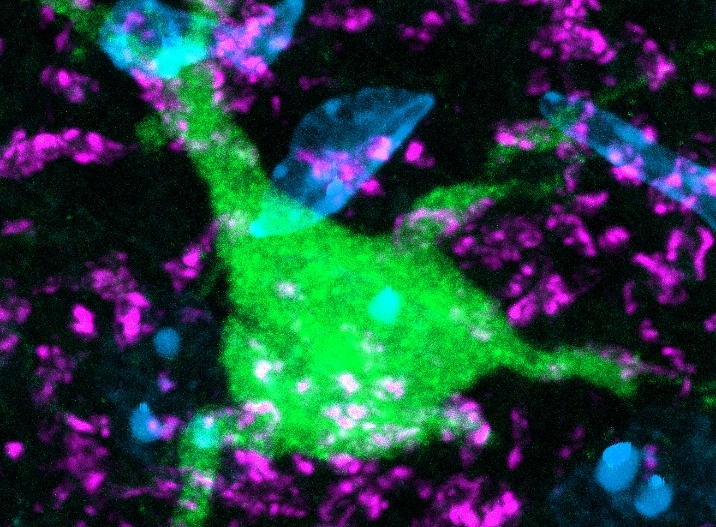UNSW’s young engineers triumphed after a gruelling 3,000km journey from Darwin to Adelaide which took a heavy toll on other competitors.

UNSW Sunswift celebrate their win in Adelaide.
UNSW Sydney’s solar car team Sunswift has taken line honours in the Cruiser Class of the 2019 Bridgestone World Solar Challenge (BWSC) in Adelaide today.
Sunswift’s car, named Violet, crossed the finish line first in the gruelling 3,000 km race down the centre of Australia from Darwin – a challenge designed to test young engineers to create the most efficient and reliable solar cars possible. Teams come from universities around the world to compete in the biennial event.
Event organisers deliberately enforce stringent standards for efficiency and durability so that competitors push technological boundaries to make cars that resemble every-day vehicles. They must then put them to the test on public roads amid semi-trailers, wildlife, potholes and wind gusts that all threaten to end their journey prematurely. Eleven from 14 starters in the Cruiser Class did not finish the race.
First year engineering student Jed Cruickshank drove Violet across the finish line in Adelaide. He said to cross the finish line and get the nod from officials that his team had won was exhilarating.
“I knew the Dutch team (which won the challenge in 2017) was hot on our heels – there was only about 20 km separating us at the end.
“We did some calculations last night to work out how much we could speed up to try to win without running out of battery short of the finish line. It was tricky coming into Adelaide too, as there was quite a bit of traffic. But we did it,” Mr Cruickshank said.
This year’s BWSC was more challenging than ever due to a new rule that restricted competitors to just two charging opportunities – at Tennant Creek and Coober Pedy. This meant the teams had to travel about 1000km on a single charge and constantly monitor energy consumption.
The Sunswift team estimates they used about 100kwh of energy during the five-day event, which is the equivalent amount of power needed to run a small toaster for two days.
UNSW Professor of Practice Richard Hopkins, who was previously head of operations for world champion Red Bull Racing Formula One team, now mentors the Sunswift team and has nothing but admiration for the students.
“The BWSC is an incredible experience for the students. And they’ve done an amazing job,” Professor Hopkins said. “This is not just a competition about building the most efficient solar electric car possible. It’s also a test of resilience, teamwork and spirit to get the car across the line.”
This is not the first time a UNSW Sunswift car has taken line honours at the BWSC. The team’s previous solar car, called eVe, won the race in 2013. Violet was entered in 2017 but was forced to withdraw due to a rear suspension failure. The team has been rebuilding their car and their self-esteem ever since.
Professor Hopkins said: “The students on the Sunswift team have built this car by hand – they’ve designed it, engineered it, physically put the pieces together and spent countless hours of their own time to form this winning combination that we are celebrating today.
“I am very proud of these young people. They will make fine engineers,” he added.
Sunswift is also in the running for the BWSC Cruiser Cup, where entrants are judged on energy efficiency calculations as well as other factors such as design innovation, occupant space and comfort, and environmental impact. The winner of the Cruiser Cup will be announced on Saturday in Adelaide.








